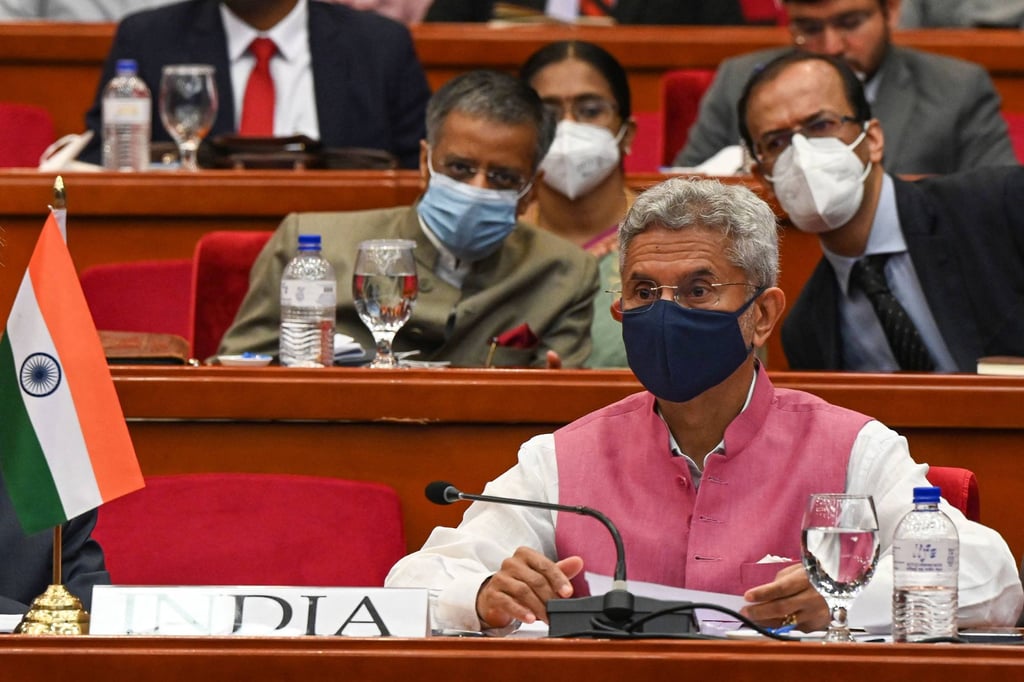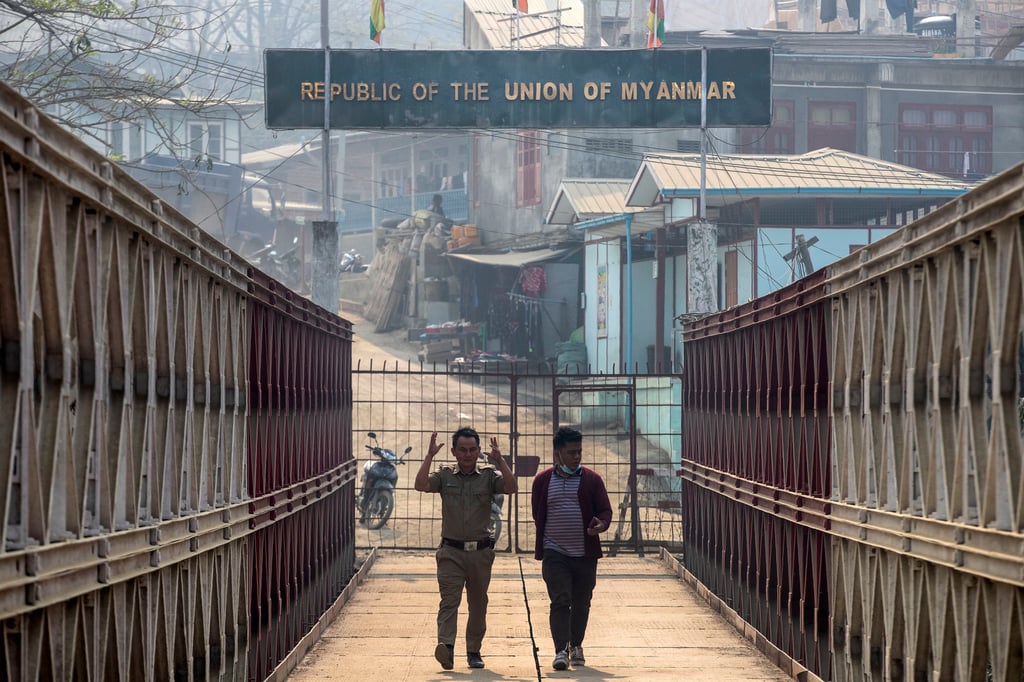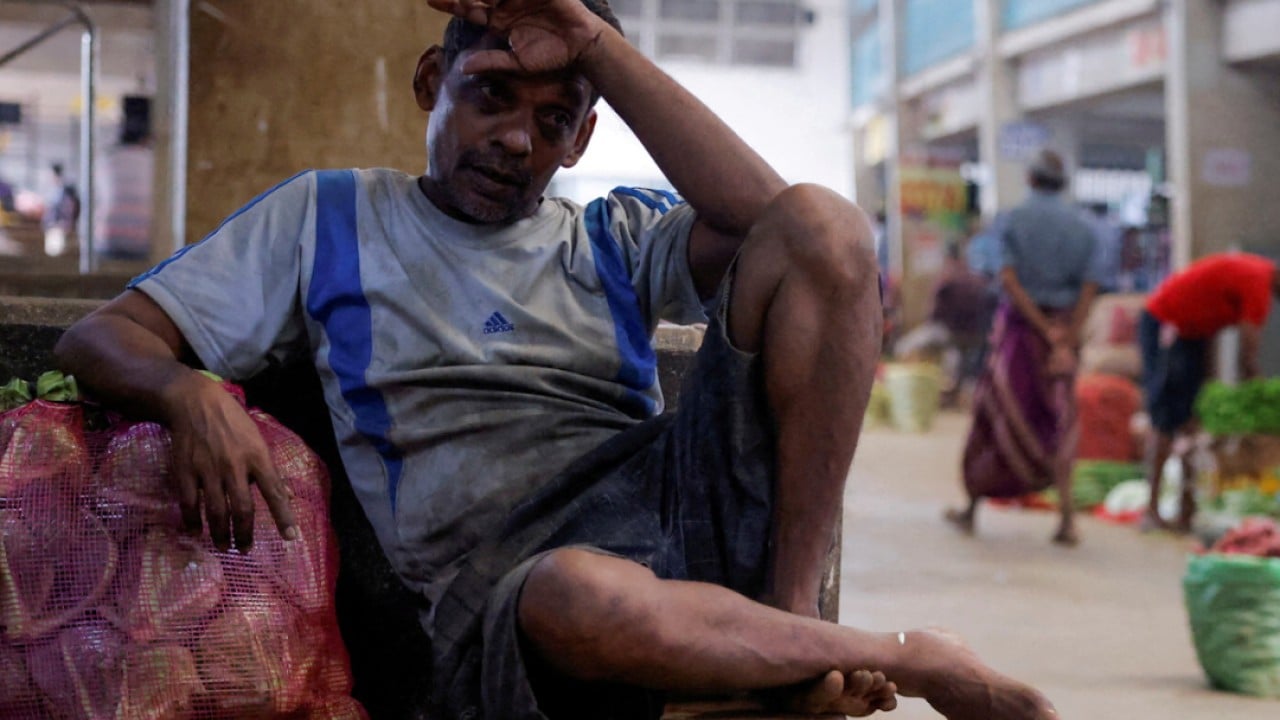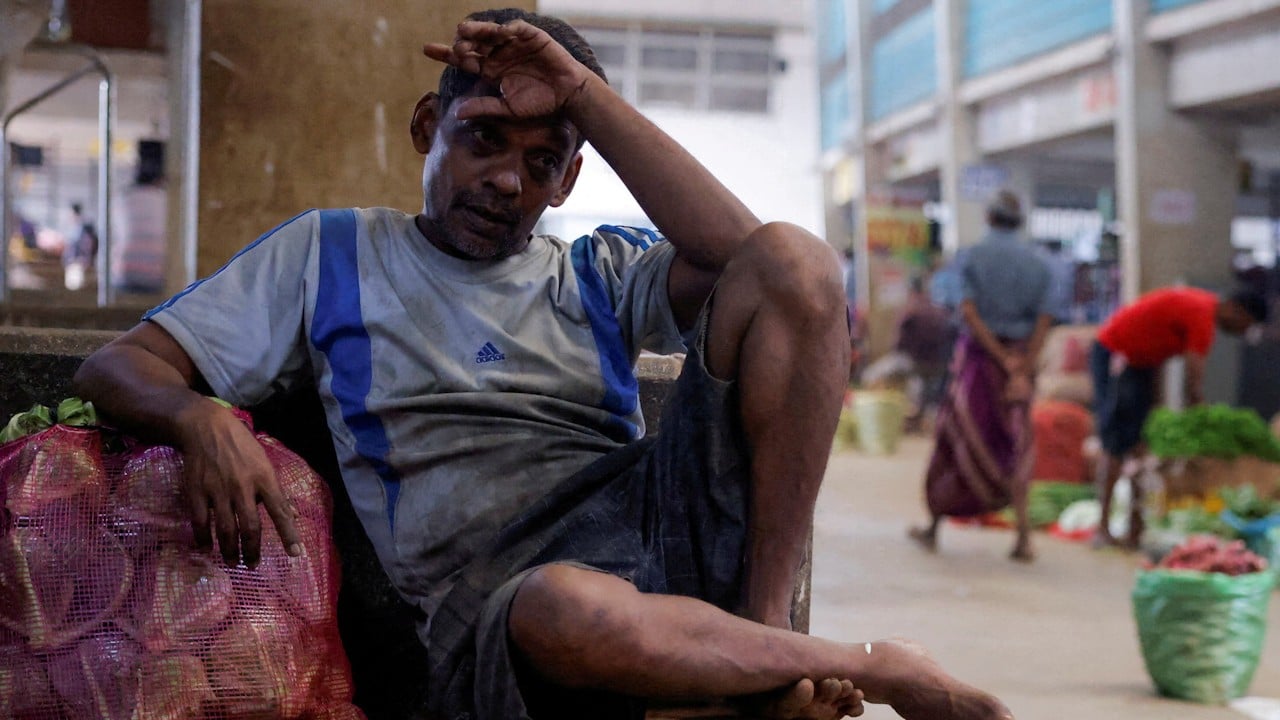After years of struggling to assert leadership across South and Southeast Asia, India wants to breathe new life into a dormant regional grouping that binds the trade, business and security interests of many of its neighbours together and may provide New Delhi with a strong diplomatic platform – that excludes the dominant economic power of China.
Under the ungainly acronym BIMSTEC – the Bay of Bengal Initiative for Multi-Sectoral Technical and Economic Cooperation – Indian diplomats have in recent months driven meetings in isolated Myanmar and hosted a foreign ministers’ retreat in Delhi to prepare the ground for a September leaders’ summit in Thailand.
The seven-nation BIMSTEC, headquartered in Dhaka, was established in 1997 to promote the economic development of the Bay of Bengal region that lies at the nexus of trade routes between the Indian and Pacific Ocean.
The group – Myanmar, Thailand, Bangladesh, Bhutan, India, Nepal and Sri Lanka – is home to more than 20 per cent of the world’s population with a combined GDP of over US$5 trillion. It has long planned to establish a Free Trade Area, but that has yet to come to fruition.
The September summit is expected to pave the way for an agreement on maritime transport cooperation to improve regional connectivity, which has been hampered by delays in road, railway and port connectivity. Currently, India’s northeast, despite being closer to Bangladesh’s Port of Chittagong, transports its cargo through eastern India’s Kolkata Port in West Bengal.

Last year, Bangladesh cleared the use of Chittagong and Mongla ports by India for transit and transshipment of cargo, which is likely to cut the time and costs for transport of goods significantly in coming months.
The grouping has a US$124.4 billion 10-year transport plan, supported by the Asian Development Bank, to build expressways between Bangladesh, Myanmar and India, develop regional coastal shipping, launch new railway tracks and improve air services that in the past have suffered due to lack of coordination and finance.
The group is working on an agreement to speed up vehicle border movements between the member nations.
But to use the grouping, India must first put meat on the bones of what it can offer, experts say.
“India wants to position BIMSTEC as an organisation that can develop. Many nations don’t have a clear idea of what they can and cannot do in BIMSTEC,” said Harsh Pant, an international-relations professor at King’s College London.
“They need to focus on projects where they show delivery. There is a lot of talk, but less action.”
The efforts to build up the initiative comes as the Bay of Bengal becomes an increasingly significant trade corridor between the Pacific and Indian Ocean.
“The Bay of Bengal is a vital conduit for trade. It connects India to Southeast Asian markets and should be seen as an extension to India’s Act East Policy,” said Shakthi De Silva, a non-resident fellow at Pacific Forum International in the United States and a visiting lecturer at the Royal Institute of Colombo, Sri Lanka. “Act East” is Delhi’s tagline for its ambition to promote economic, strategic and cultural relations with the wider Asia-Pacific region.
But he argues that India has so far not yet “taken the mantle of leadership” with intra-regional trade falling woefully short of neighbouring Asean countries, primarily due to an investment gap in infrastructure.
Delhi’s leadership had seen “mixed success” in its outreach to its neighbours, De Silva said. While India provided a critical US$4.5 billion bailout to rescue Sri Lanka from economic collapse, it also faced an unresolved diplomatic row with the Maldives that dragged on longer than expected.
Analysts say India is hoping that BIMSTEC will fare better than another grouping with a clumsy acronym – the South Asia Association for Regional Cooperation, or SAARC. That body, which includes Bhutan, India, Maldives, Nepal, Pakistan and Sri Lanka, was established over four decades ago but has become moribund in recent years mainly due to the difficult relations between Delhi and Islamabad.
BIMSTEC shows greater promise as it has “more energy and a purposeful work agenda”, says Amitendu Palit, senior research fellow in the Institute of South Asian Studies at the National University of Singapore, citing increased summitry, agreements and international partnerships, including with the Asian Development Bank.
One of the key pillars around which the grouping’s effectiveness will hinge upon are relations between India and Bangladesh, with its vital port access to the Bay of Bengal, analysts note. Bangladesh’s ports can serve as transshipment hubs for South Asian and Southeast Asian economies.
India shares long borders with Myanmar and Bangladesh, and improving transport links has the potential to unlock trade with landlocked northeastern states that are abundant in mineral and agricultural resources.
The plan is to build road and rail routes as well as maritime trade to Southeast Asia with the cooperation of Thailand and Myanmar, which would open up new markets.

Both India and China have heavily invested in Bangladesh’s port infrastructure, which Palit says “give back-end access to India’s vast hinterland and also access to Southeast Asia through Myanmar”.
This strategic control over Bangladeshi ports is critical for both countries, as it “will grant control over economic traffic in India and Southeast Asia”, Palit noted.
But the stakes are higher for India, argues De Silva, because the country sits astride the Siliguri corridor (connecting India’s remote northeast areas) and is part of India’s “neighbourhood first” policy aimed at strengthening relations with countries in South Asia.
Sreeradha Datta, an international-affairs professor at Jindal Global University in Haryana, said the proposal to develop a maritime corridor with the group members had strong potential as all member nations could use it “even though trade is not too heavy in the region.”
“Once you put in infrastructure and develop facilities, it can be put to use. Let us not lose sight of strategic implications in countering China’s influence,” she said.
But the benefits are not for India alone to reap.
Myanmar and Sri Lanka could use the forum to play off both India and China, said Uday Chandra, an assistant professor of government at Georgetown University.
“Small states have much to gain as they manoeuvre India vis-à-vis China.”



